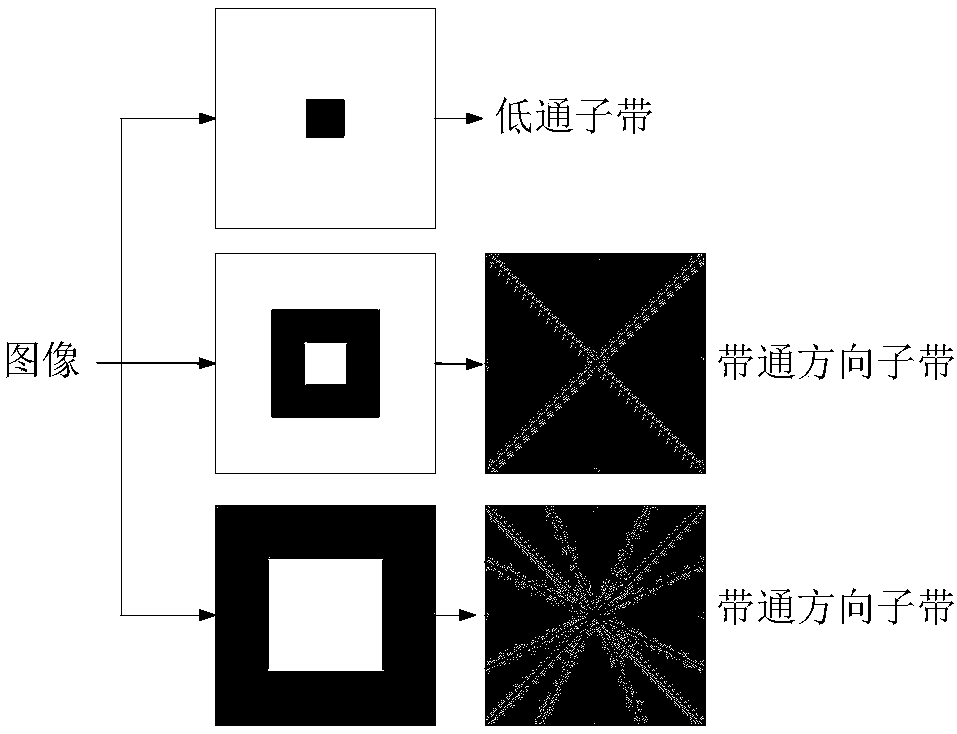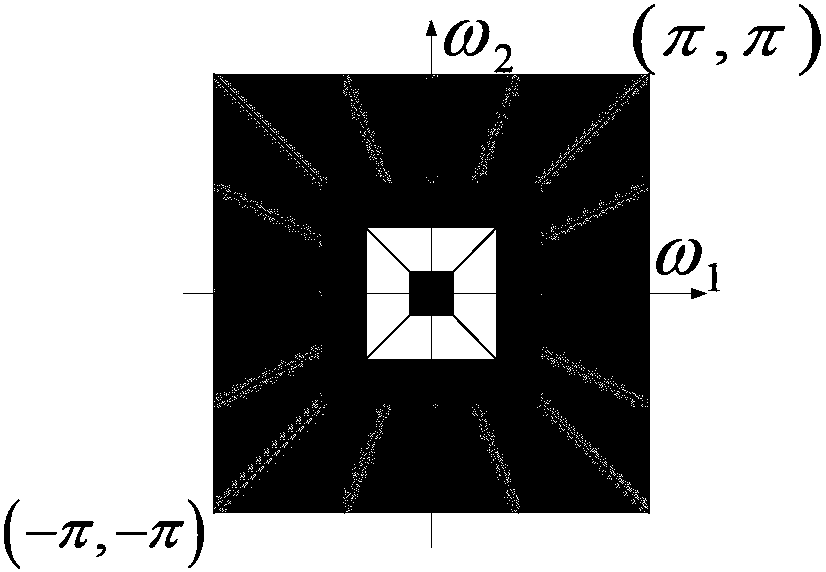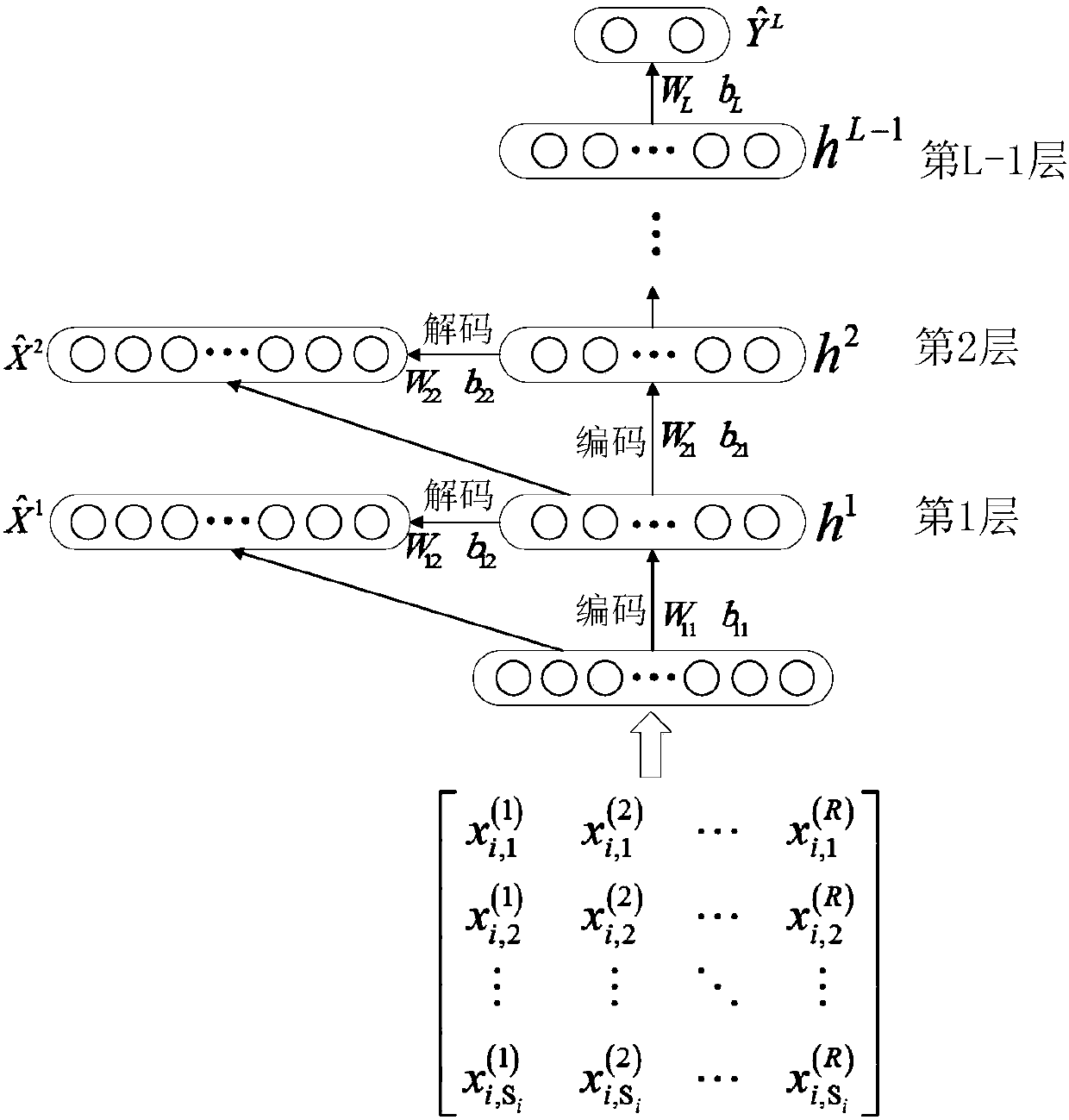Synthetic aperture radar remote sensing image ocean floating raft recognition method for deep-cooperative sparse coding network
A synthetic aperture radar and sparse coding technology, applied in character and pattern recognition, instruments, computer components, etc., can solve the problems that visible light remote sensing images cannot completely and accurately acquire breeding targets, single image features, and difficult target recognition
- Summary
- Abstract
- Description
- Claims
- Application Information
AI Technical Summary
Problems solved by technology
Method used
Image
Examples
Embodiment Construction
[0022] The present invention will be further described below in conjunction with the accompanying drawings.
[0023]A method for identifying marine floating rafts in a synthetic aperture radar remote sensing image based on a deep collaborative sparse coding network, comprising the following steps:
[0024] The first step is to preprocess the SAR image to obtain a SAR image with accurate geographic coordinates, low coherent speckle noise, and high image visibility; the preprocessing mainly includes three parts: geometric correction processing, enhanced Lee filter processing, Gray scale stretch processing.
[0025] (1) Geometric correction processing to obtain precise geographic coordinates
[0026] Perform geometric correction processing on the SAR image, specifically: according to the image control point polynomial mode, select the second-order polynomial model to obtain the model parameters to obtain the correction model, and then determine the row and column values of the...
PUM
 Login to View More
Login to View More Abstract
Description
Claims
Application Information
 Login to View More
Login to View More - R&D Engineer
- R&D Manager
- IP Professional
- Industry Leading Data Capabilities
- Powerful AI technology
- Patent DNA Extraction
Browse by: Latest US Patents, China's latest patents, Technical Efficacy Thesaurus, Application Domain, Technology Topic, Popular Technical Reports.
© 2024 PatSnap. All rights reserved.Legal|Privacy policy|Modern Slavery Act Transparency Statement|Sitemap|About US| Contact US: help@patsnap.com










